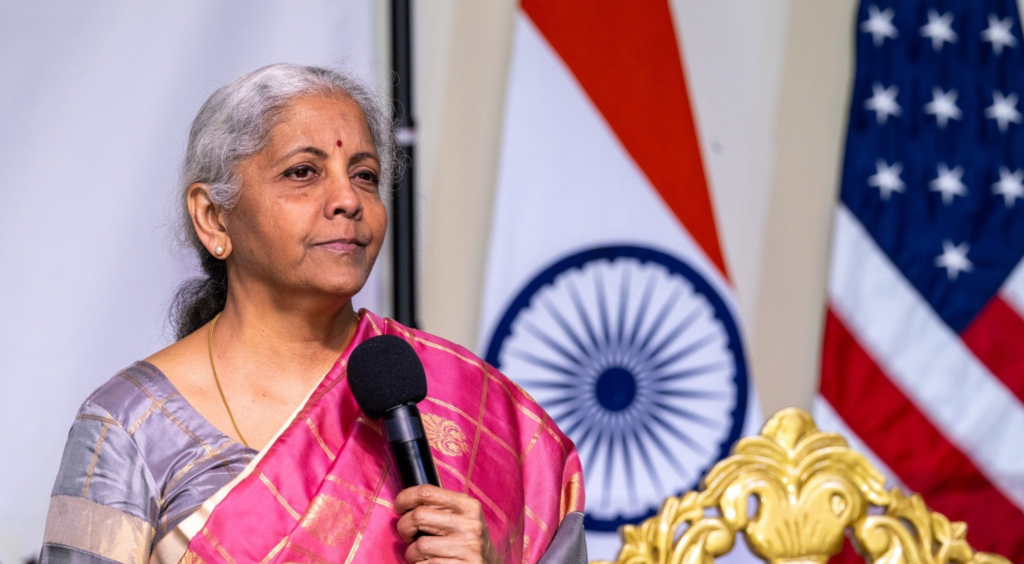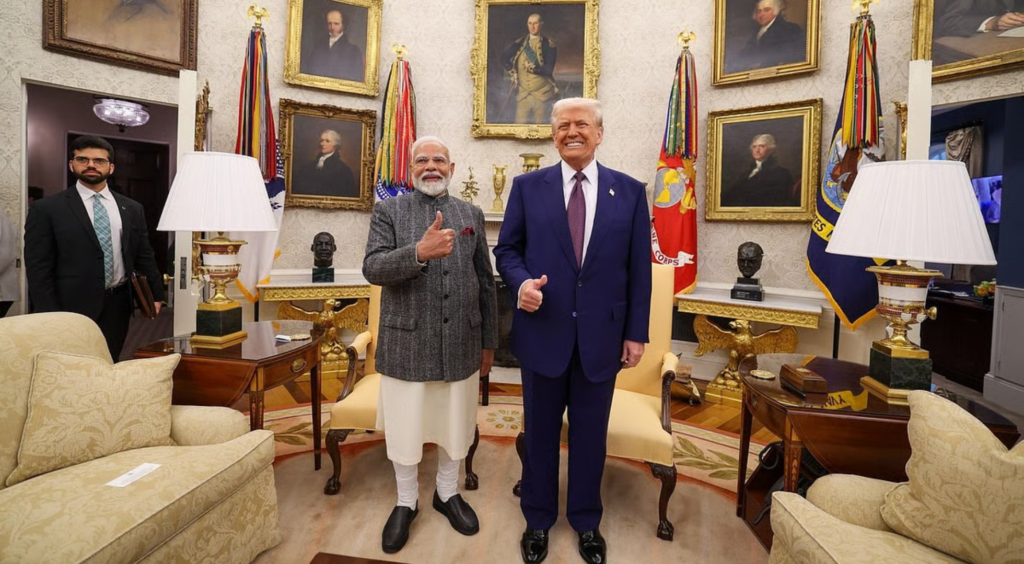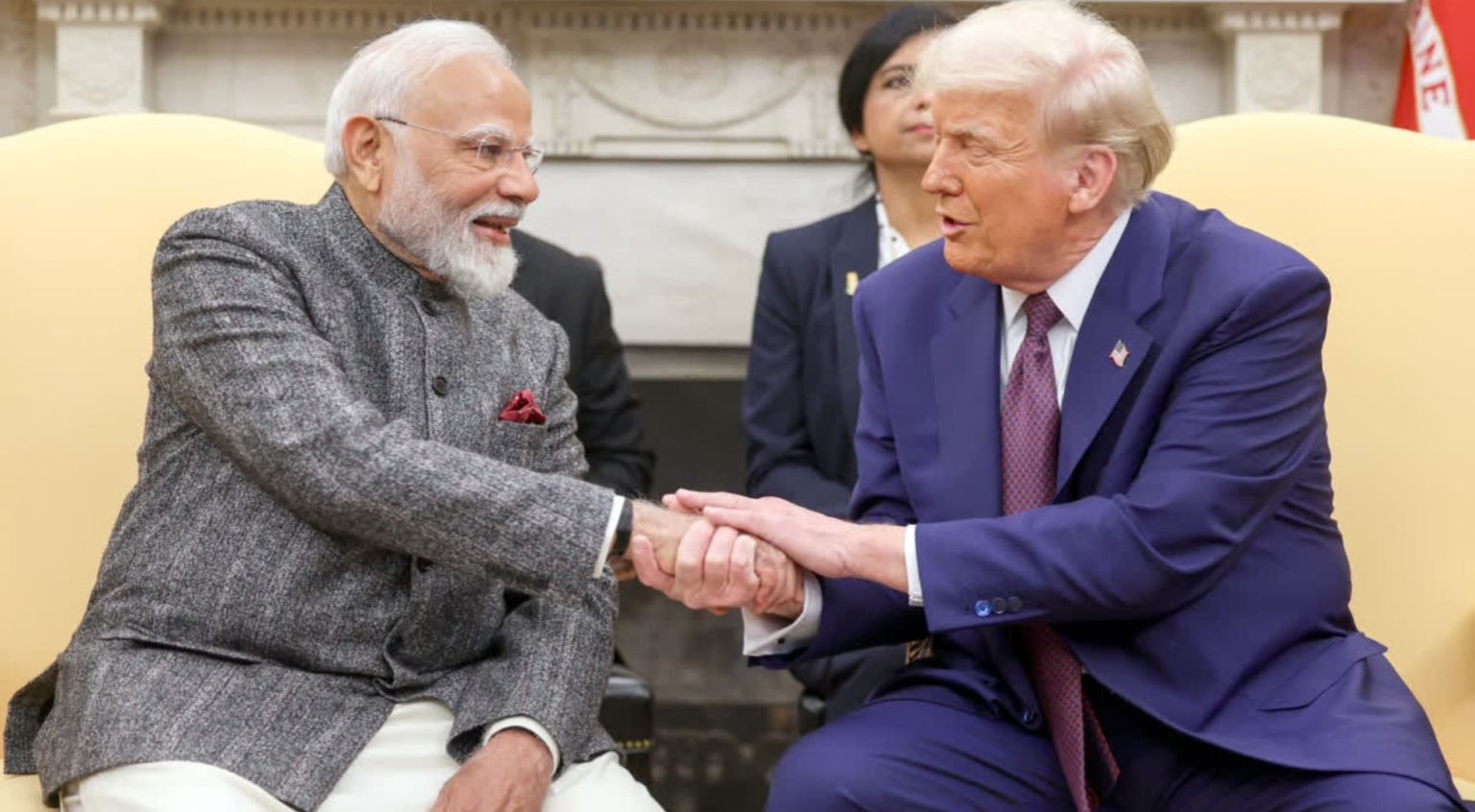The India-US trade deal, once celebrated as a landmark opportunity to strengthen economic ties between the world’s largest democracy and the world’s largest economy, now faces serious challenges. As negotiations stall, many wonder if this “big, beautiful” trade deal is truly in trouble. The deal is important not only for boosting trade but also for enhancing strategic relations. This article dives into the issues at hand and what the future might hold.
The Importance of the India-US Trade Deal
The trade relationship between India and the United States is critical for both nations. The U.S. is one of India’s largest trading partners, while India represents a significant market for American goods and services. A strong trade deal could boost economic growth, create millions of jobs, and solidify geopolitical ties. Beyond economics, this partnership also serves as a counterbalance to other global powers in the Indo-Pacific region.
However, achieving a comprehensive agreement has not been easy. Several obstacles have emerged that could stall or even derail the negotiations. Understanding these challenges is vital to grasp why the deal’s future is uncertain.
Tariffs in the India-US Trade Deal: The Major Sticking Point
One of the biggest hurdles in the talks is the issue of tariffs. Both countries have imposed tariffs on each other’s goods, leading to escalating tensions. For example, the U.S. is concerned about high tariffs on American products such as motorcycles, almonds, and agricultural commodities. India, meanwhile, objects to tariffs on steel, aluminum, and certain technology goods.

These tariffs have a ripple effect, impacting businesses and consumers on both sides. They increase the cost of goods and limit market access, which ultimately slows down trade growth. Both countries must find a balanced approach to tariff reduction if they want the deal to succeed.
Agriculture in the India-US Trade Deal: Sensitive Yet Vital Sector
Agriculture is especially sensitive in this trade deal. India’s large farming population depends on protecting local agriculture from global competition. The U.S. wants India to open its agricultural markets more broadly, including sectors like dairy, wheat, and pulses. India, however, fears that such moves could threaten farmers’ livelihoods and food security.
This impasse is complicated by India’s commitment to self-reliance and initiatives like “Make in India,” which aim to boost domestic production. Finding a compromise here requires delicate negotiations that protect farmers while allowing fair market access.
Market Access in the India-US Trade Deal and Protecting Domestic Industries
Market access remains a key issue beyond agriculture. The U.S. pushes for greater access in sectors like manufacturing and information technology. India, on the other hand, is cautious. It wants to nurture its domestic industries and prevent flooding by foreign competitors, which could hurt small businesses and job creation.
India’s careful approach reflects its broader economic priorities, including promoting domestic manufacturing and innovation. Phased market opening or sector-specific deals might be the answer to ensure mutual benefits.
Intellectual Property Rights in the India-US Trade Deal: Innovation vs. Accessibility
Intellectual Property Rights (IPR) are another complex area. The U.S. advocates for stronger IPR protections to safeguard American companies’ innovations. India insists its current laws are adequate and worries that stricter rules could limit access to affordable medicines and technology.
India has been a global leader in producing low-cost generic medicines, vital for millions worldwide. Any changes to IPR must carefully balance fostering innovation with protecting public health and affordability.
Political Challenges Affecting the India-US Trade Deal on Both Sides
Domestic politics heavily influence trade negotiations. In India, the government must address farmers, manufacturers, and diverse interest groups who scrutinize trade deals intensely. These factors can slow decision-making and complicate talks.

In the U.S., political shifts, lobbying from different industries, and priorities such as countering China also affect trade policies. Trade agreements must align with domestic job creation goals and global strategic interests.
Current Status and the Road Ahead
Despite these hurdles, both countries remain engaged in talks. The deadline to finalize the deal is July 9, 2025. Missing this date risks reinstating high tariffs on Indian goods, which would negatively impact trade.
Officials describe the negotiations as “50-50,” showing cautious optimism. India is even considering innovative clauses, like the “forward most-favored-nation” provision, which would extend the best trade terms India grants other countries to the U.S.
Both sides are exploring sector-specific solutions and continue to emphasize transparency and trust. This ongoing dialogue is crucial to bridging gaps.
Strengthening Ties Beyond Trade
Even if trade talks face delays, India and the U.S. continue expanding cooperation in technology, defense, energy, and education. These areas provide a broader foundation for economic and strategic partnership.
Joint research initiatives, infrastructure projects, and cultural exchanges help build long-term resilience in bilateral relations, less vulnerable to trade-specific setbacks.
Conclusion: Will the Deal Survive?
The India-US trade deal is at a crossroads. It faces multiple challenges that require compromise, creativity, and political will. If both nations can resolve tariff disputes, balance market access, and respect each other’s priorities, the deal can unlock significant growth.
Ultimately, this trade partnership has the potential to serve as a global example of how two diverse economies can work together for mutual benefit. The coming months will be critical in determining whether this “big, beautiful” deal lives up to its promise or faces an uncertain future.




